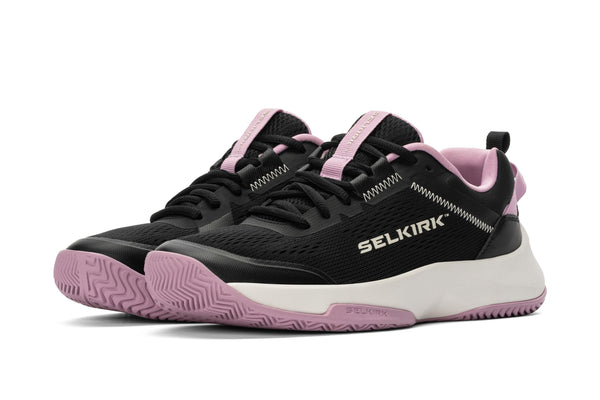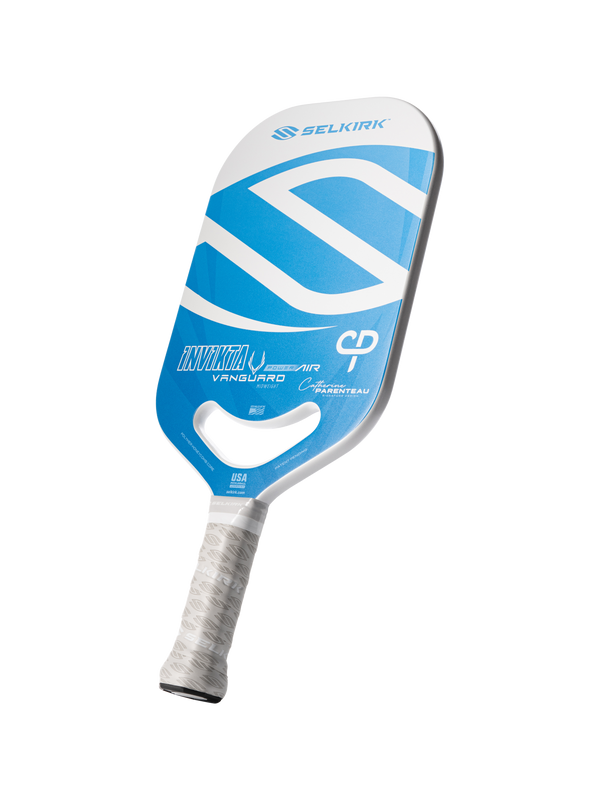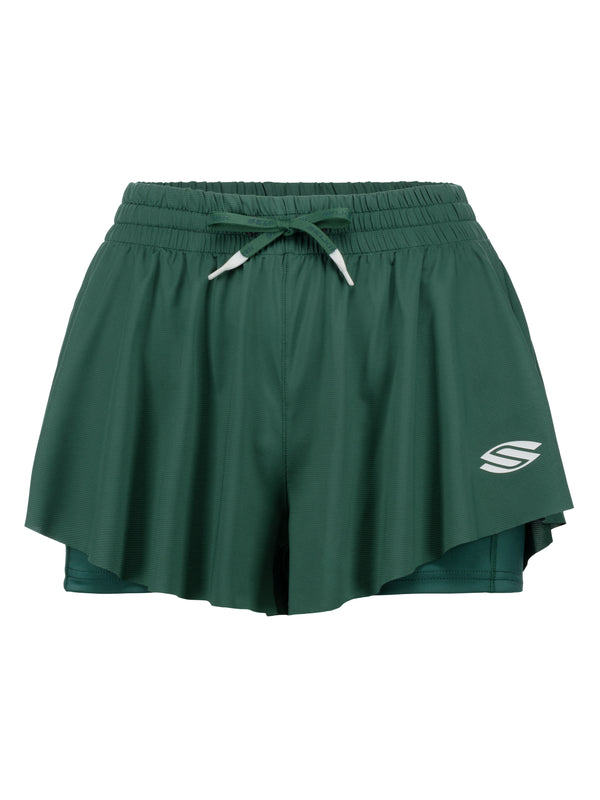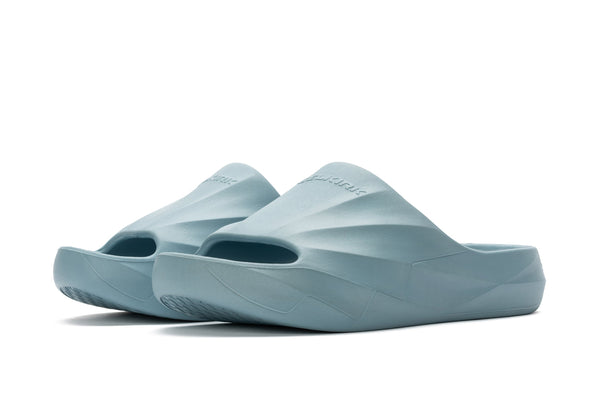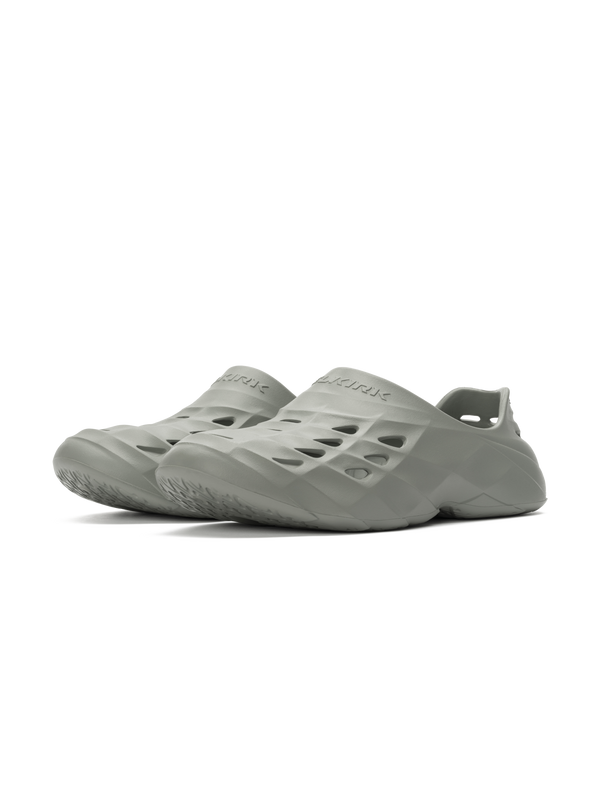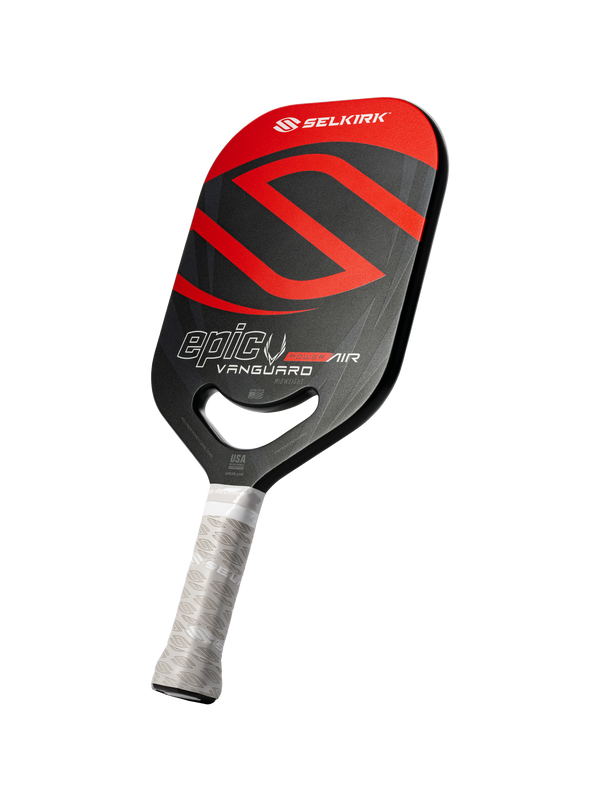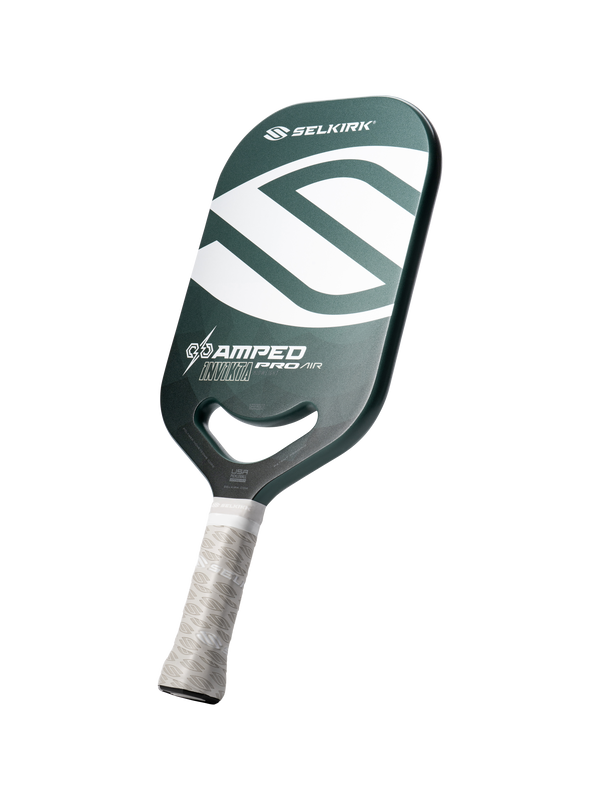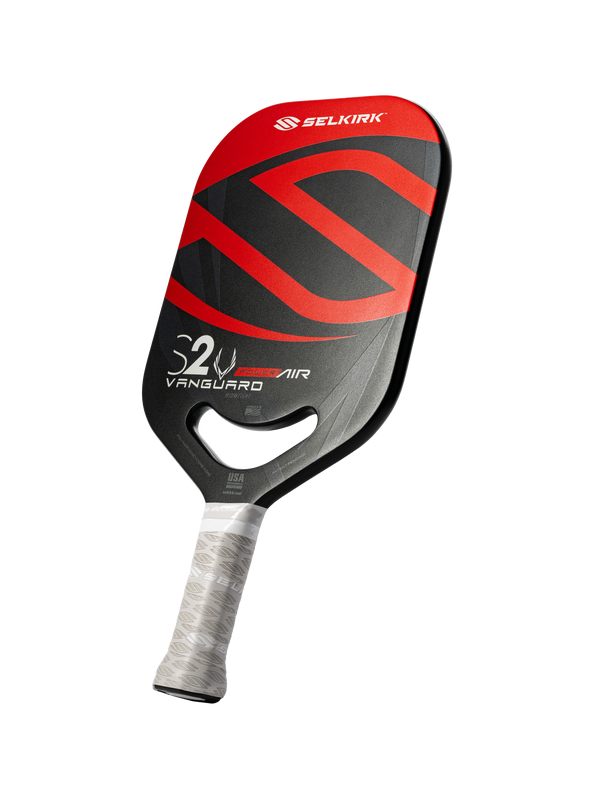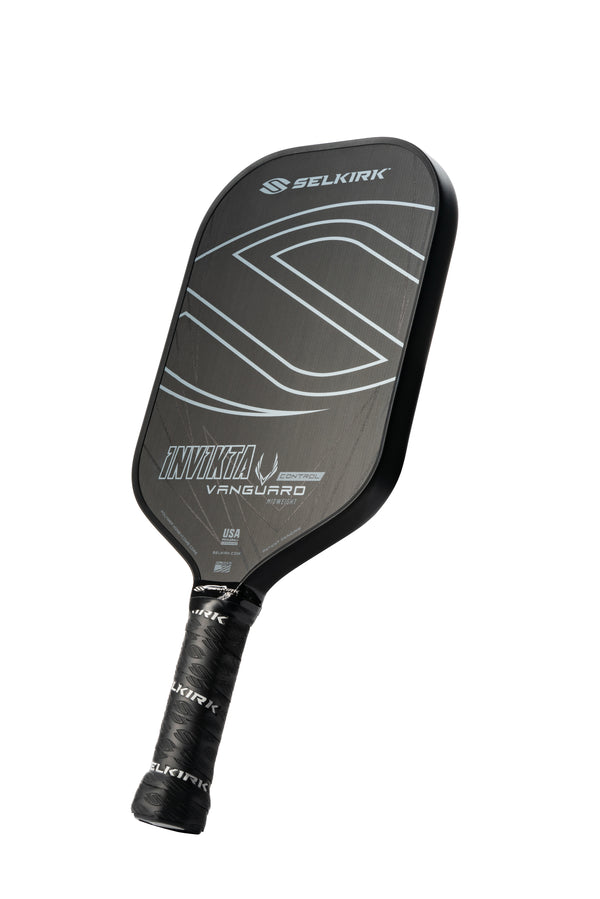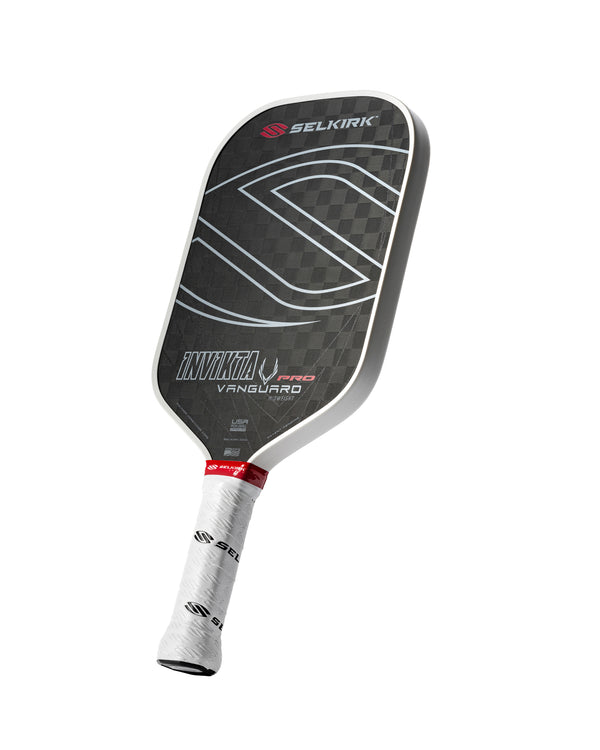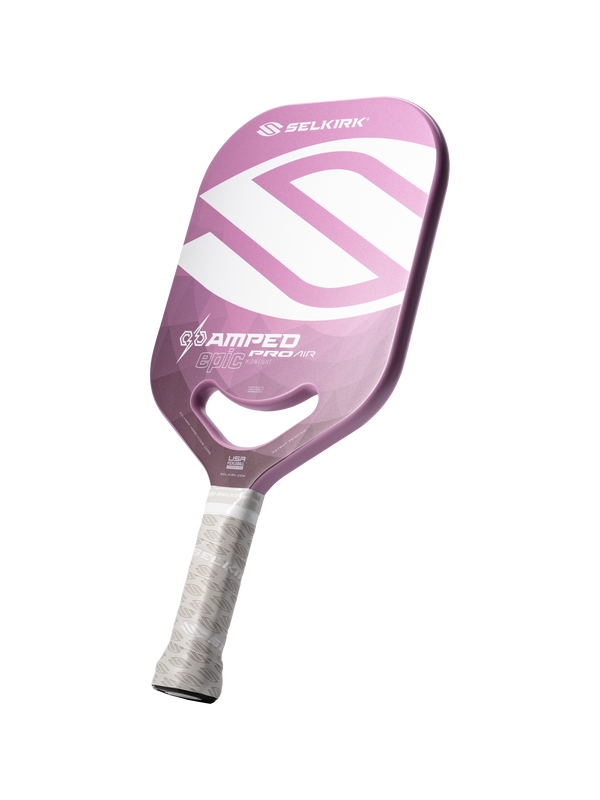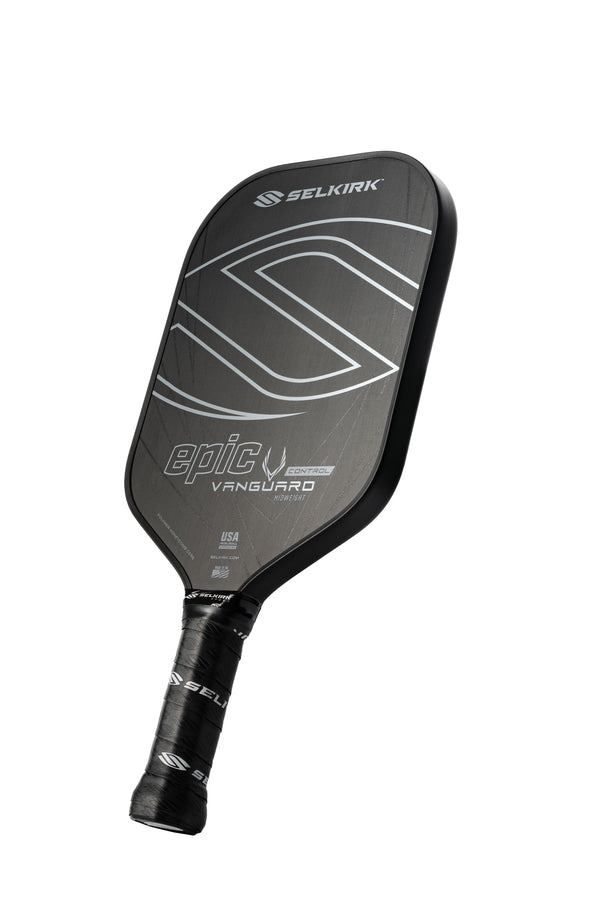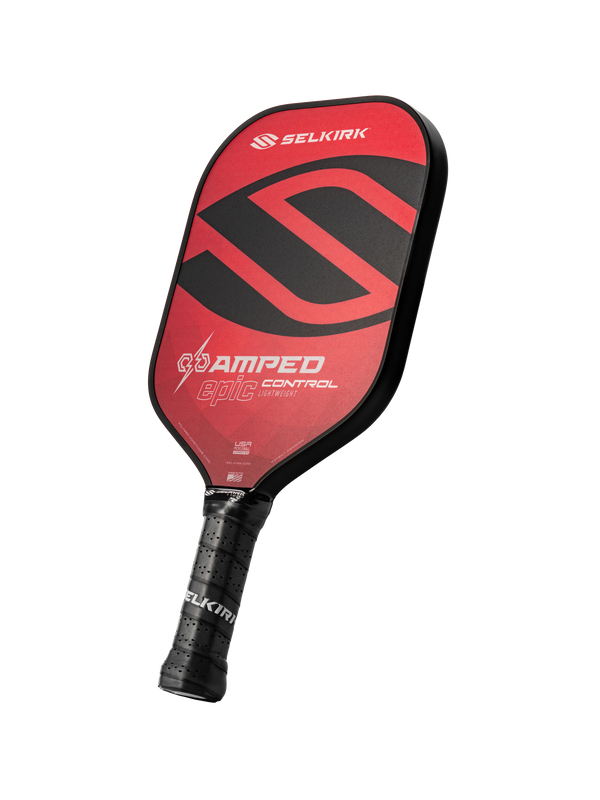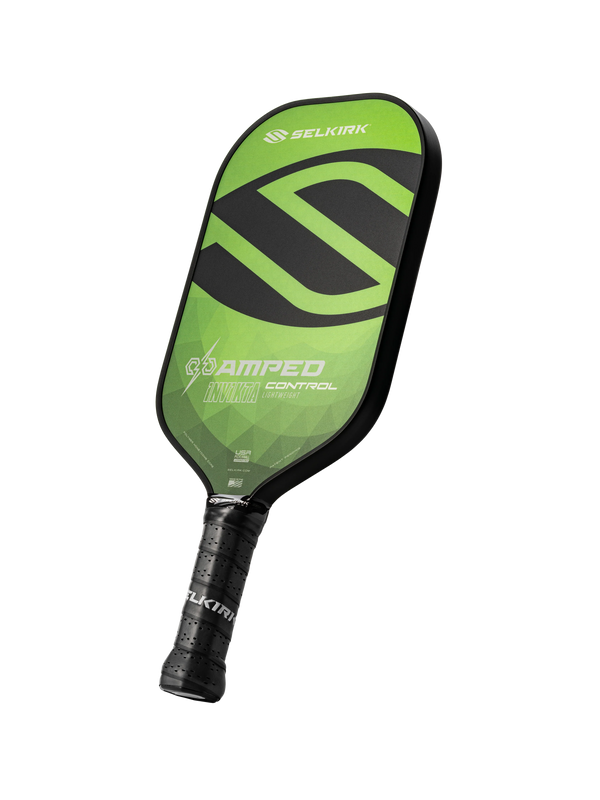1. Identify your skill level
Knowing whether you’re a beginner, intermediate, or advanced player is the first step.
-
Beginner paddles usually have a larger sweet spot for more forgiveness on off-center hits.
-
Advanced paddles are often specialized for power, control, or spin, but require more precise technique.
Choose a paddle that matches your current level while allowing room for growth.

2. Decide on what's most important: Power, control, or spin
Your playing style should guide your choice:
-
Power players may prefer longer, heavier paddles for harder shots.
-
Control players often choose lighter, wider paddles for superior touch on dinks and drop shots.
-
Spin players benefit from textured paddle faces to grip the ball and create more rotation.
3. Understand paddle size
According to USA Pickleball regulations, the combined length and width of a paddle (including the edge guard and butt cap) cannot exceed 24 inches. Manufacturers adjust paddle lengths and widths within these parameters to deliver desired outcomes.
-
Longer paddles = more reach and potential power.
-
Wider paddles = larger sweet spot and more forgiveness.
Players confident in accuracy may choose a longer paddle for added pop, while those prioritizing consistency may prefer a wider face.
4. Choose the right weight
Pickleball paddles are grouped into three weight categories:
-
Lightweight (<7.2 oz): Quick maneuverability, best for net play and reaction shots.
-
Midweight (7.3–8.4 oz): Balanced power and control — most popular for all-around play.
-
Heavyweight (8.5+ oz): Maximum power with less swing effort, but reduced finesse.
If you're unsure what's best for you, start with a midweight paddle and adjust using lead tape as you refine your preferences.
5. Select the correct grip size
Grip length affects power, spin, and comfort. Most paddles have grips between 4.5" to 6".
-
Longer handles allow for two-handed shots and more leverage.
-
Shorter handles give more paddle face surface area to increase stability and mishit forgiveness.
You should also consider the circumference of a grip because choosing one that is too large or too small for your hand can cause undue strain.
6. Paddle face materials and their impact
The paddle face — or the outside facing portion of the paddle that strikes the ball —plays a major role in performance. Here’s how the most common materials differ:
-
Carbon fiber: Ultra-durable, lightweight, and control-focused; less raw power. (Avoid paddles that pair carbon fiber faces with aluminum cores as carbon can degrade aluminum over time.)
-
Fiberglass: Balanced power, control, and spin; versatile for all-around play.
-
Graphite: Thin, quick response; strong mix of control and pop — popular with intermediate players.
-
Kevlar: Durable, dampened feel; excellent for finesse and precision.
-
Wood composite: Rare, hard to control; best for recreational, non-competitive play.

7. Paddle core materials and their impact
Many paddle cores use either a honeycomb structure or foam for a strong, lightweight base. Material choice further shapes performance:
-
Wood: Heavy, solid feel; inexpensive but slower and less maneuverable — best for casual play.
-
Foam: Soft, quiet, vibration-absorbing; high comfort.
-
Nomex: Durable, firm, and powerful; less control due to high pop — suited for experienced players.
-
Aluminum: Lightweight, high touch, and control; can warp over time — not ideal for power hitters.
-
Carbon fiber: Extremely strong and stiff; excellent durability, but less soft feel on contact.
-
Polymer (polypropylene): Most popular; versatile balance of control, power, and spin — great for all skill levels.
8. Prioritize quality and durability
Your paddle is an investment in your game, so it's important to consider:
-
Trusted brands with proven construction quality.
-
Warranty coverage Selkirk offers many warranties against manufacturing defects.
9. Consider price, but invest wisely
You don’t need to spend like a pro to play like one. However, higher-quality paddles tend to offer better materials, performance, and longevity.
Aim for the best paddle within your budget — you’ll notice the difference in playability and feel.
10. Test before you buy (if possible)
If you can, demo paddles to find your preferred combination of weight, shape, grip, and feel. Many local clubs, pro shops, and events offer demo programs.
The Bottom Line
Your pickleball paddle is more than just equipment — it’s an extension of your game. By considering factors like skill level, playing style, paddle shape, weight, grip, materials, and core type, you can choose a paddle that not only matches your current abilities but also helps you improve.
If you still have questions about choosing the best paddle for your game, use Selkirk's paddle fit assistant.



